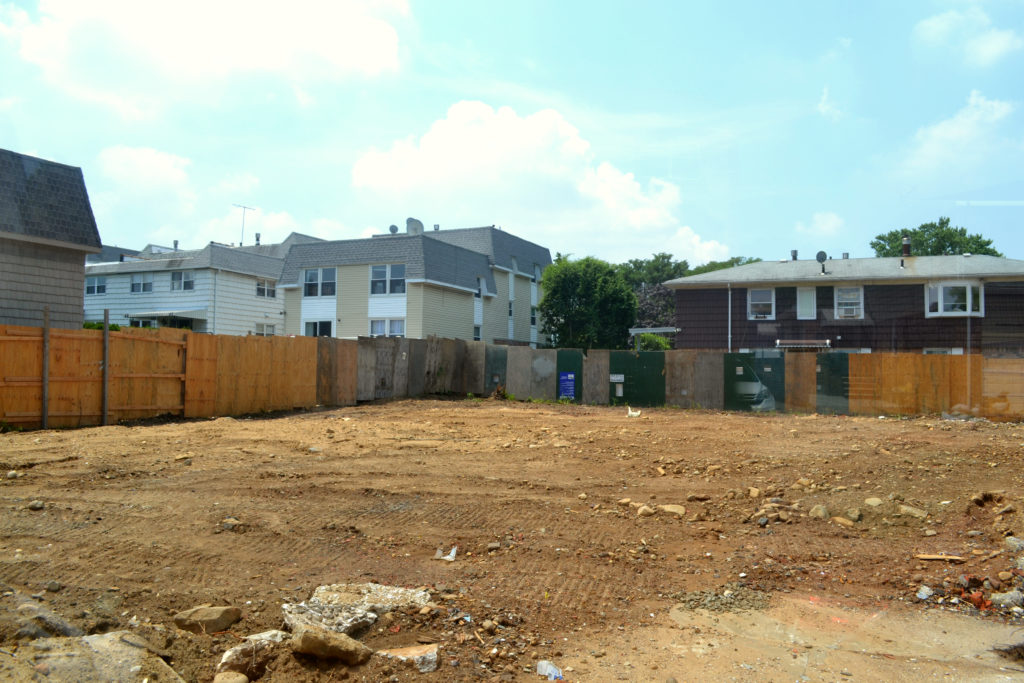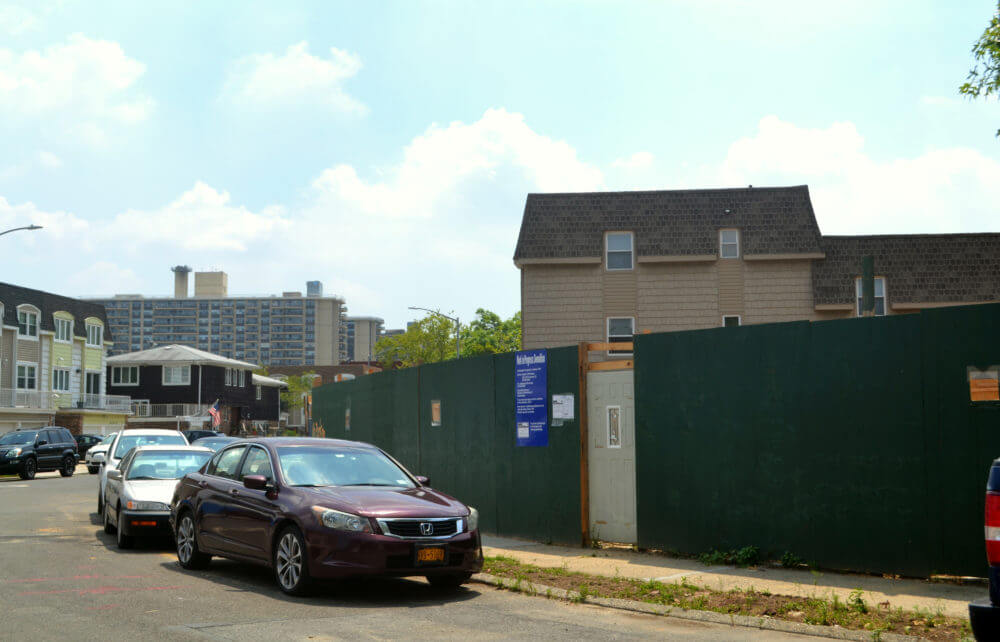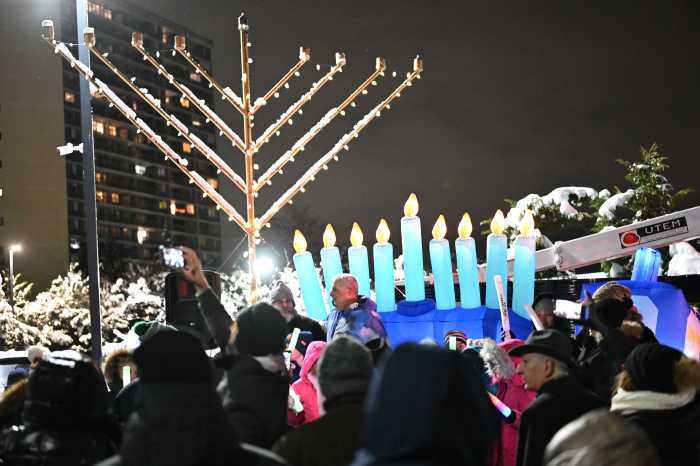A proposed four-story, mixed-use development within a largely residential area of Bayside is alarming locals, who are planning to demonstrate at the site later this week.
Developer Dun Xing Zhang of Bayside 215th Realty LLC has demolished the existing two-family structure at 214-10 15th Ave., located in the Bay Terrace section of the neighborhood, and filed plans to erect a 28,000-square-foot, four-story building.
The new structure is slated to feature a 5,320-square-foot space for retail and 14,160 square feet dedicated to create 18 apartment units, according to filings with the city. It will also feature 15 enclosed parking spaces.
Data on the city Department of Building’s website indicate the application to construct the building was rejected on June 25 due to incomplete drawings. The permit is still in the “plan exam” phase.

Upon hearing news of the proposed development, the Bay Terrace Community Alliance (BTCA) has scheduled a rally at the site of the development for July 20 at 10:30 a.m., according to a Facebook events page.
“Please help us spread the word,” the group wrote. “We must protect our neighborhood and our quality of life.”
In a post to the group’s Facebook page, BTCA Matthew Silverstein said he has been in conversation with Community Board 7 and state Senator Tony Avella and Assemblyman Ed Braunstein’s office about the project, which the group believes does not fit the character of the surrounding neighborhood. Silverstein encouraged those residents with concerns about the project to contact local elected officials and 311 with any job site complaints.
The group also reported that the city’s Department of Environmental Protection issued developers a Stop Work Order on July 12 after inspectors discovered work being performed violated the New York City Air Pollution Control Code or Asbestos Rules.
The plot of land is located in an R5 zoning district, which allows for three- and four-story attached residences and small apartment houses with a height limit of 40 feet. Those districts “provide a transition between lower- and higher-density neighborhoods,” according to NYC Planning.





































